Regulatory Compliance
Regulatory compliance is a critical driver in the Belt Scale Market, as industries are mandated to adhere to strict weight measurement standards. Governments and regulatory bodies enforce guidelines to ensure accuracy in weight measurement, particularly in sectors such as food and beverage, pharmaceuticals, and logistics. Compliance with these regulations often necessitates the use of certified belt scales, which can lead to increased demand in the market. The Belt Scale Market is likely to benefit from this trend, as companies invest in compliant systems to avoid penalties and ensure product quality. The emphasis on regulatory adherence is expected to contribute to a steady growth rate of around 10% in the coming years.
Sustainability Initiatives
Sustainability initiatives are becoming a focal point for many industries, thereby impacting the Belt Scale Market. Companies are increasingly adopting practices that minimize waste and enhance resource efficiency. Belt scales play a crucial role in these initiatives by providing accurate weight measurements that help in optimizing material usage and reducing excess. The market is witnessing a shift towards eco-friendly materials and energy-efficient technologies, which aligns with the broader sustainability goals of various sectors. As organizations commit to reducing their carbon footprint, the demand for sustainable belt scale solutions is expected to rise, potentially leading to a market growth rate of around 8% in the near future.
Technological Advancements
The Belt Scale Market is experiencing a surge in technological advancements that enhance the accuracy and efficiency of weight measurement systems. Innovations such as digital load cells and advanced software integration are becoming increasingly prevalent. These technologies not only improve measurement precision but also facilitate real-time data analysis, which is crucial for industries such as mining and manufacturing. According to recent data, the adoption of smart belt scales is projected to increase by approximately 15% annually, driven by the need for automation and improved operational efficiency. As industries seek to optimize their processes, the demand for technologically advanced belt scales is likely to rise, further propelling the Belt Scale Market.
Customization and Versatility
Customization and versatility are essential drivers in the Belt Scale Market, as diverse applications require tailored solutions. Industries ranging from construction to food processing demand belt scales that can be adapted to specific operational needs. The ability to customize features such as size, capacity, and integration with existing systems is increasingly valued. This trend is likely to foster innovation within the Belt Scale Market, as manufacturers strive to meet the unique requirements of their clients. The market is expected to grow at a rate of approximately 9%, as companies recognize the importance of flexible solutions that can accommodate varying operational demands.
Growing Demand for Automation
The growing demand for automation across various industries is significantly influencing the Belt Scale Market. As companies strive to enhance productivity and reduce labor costs, the integration of automated weighing systems becomes increasingly attractive. Industries such as mining, agriculture, and manufacturing are particularly focused on automating their processes to achieve higher efficiency. The Belt Scale Market is projected to witness a compound annual growth rate of approximately 12%, driven by this shift towards automation. Furthermore, the ability of automated belt scales to provide real-time data and analytics is likely to enhance decision-making processes, making them indispensable in modern industrial operations.


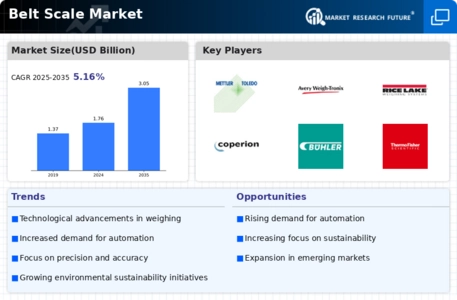
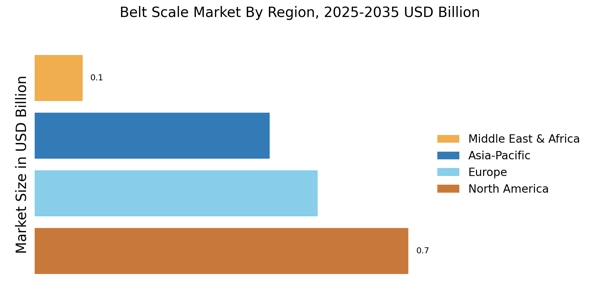
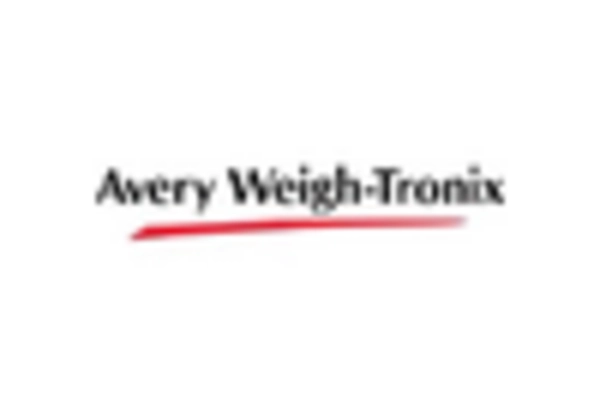
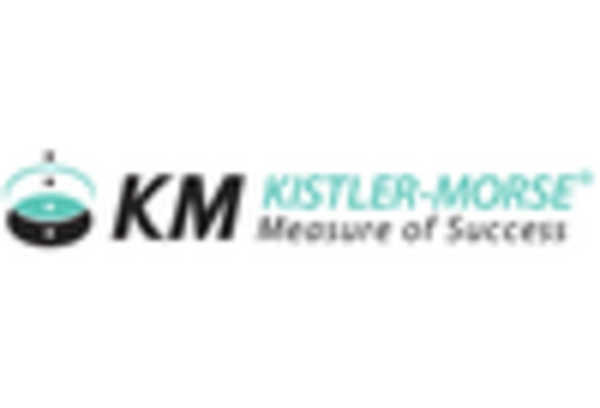
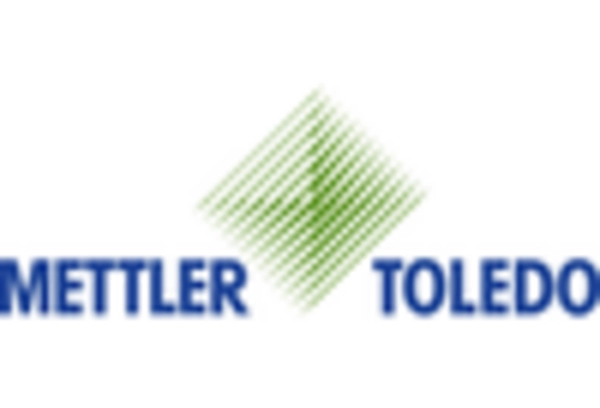
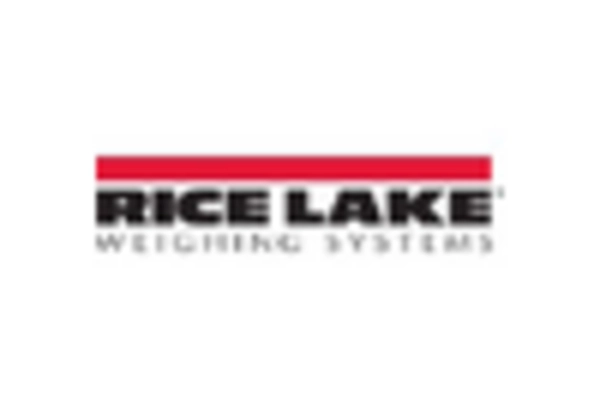

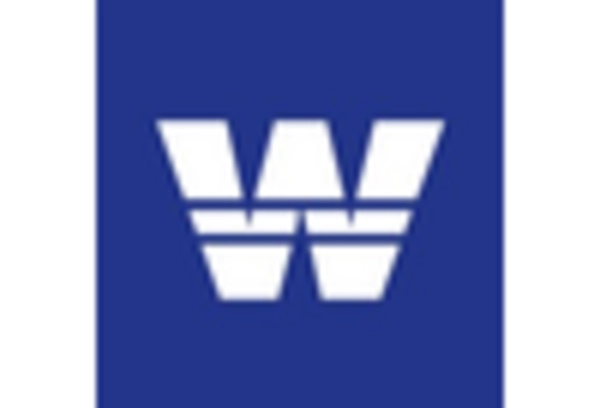








Leave a Comment